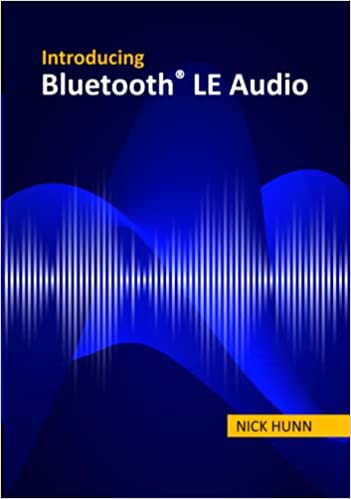With Bluetooth LE Audio, the Bluetooth® developer community has created a completely new audio architecture that will not only offer new features and support new use cases, but it will also help to improve the lives of people with hearing loss and introduce a new generation of hearing aids and assistive listening systems.
Bluetooth SIG Presents LE Audio Potentials at EUHA Congress
Thanks to lower energy consumption and higher sound quality with multi-stream functionality, Bluetooth® LE Audio can provide added support for hearing aids. At the Digital Future Friday on 9 October 2020, Ken Kolderup, Chief Marketing Officer at the Bluetooth Special Interest Group (SIG), presented the potential for this new audio standard to industry experts.
Challenges for Bluetooth Audio in Hearing Aids
The existing support of Bluetooth® technology in hearing aids is based on proprietary implementations of hearing aid manufacturers. As a result, compatibility with different smartphone operating systems is sometimes limited. By standardizing the support for Bluetooth technology in hearing aids, LE Audio will enable true global interoperability between hearing aids and platform devices.
By standardizing the support for Bluetooth technology in hearing aids, LE Audio will enable true global interoperability.
This will enable those with hearing loss to enjoy the same benefits of Bluetooth audio as users of standard Bluetooth headphones and earphones.
Involved in the development from the very beginning, the hearing aid industry, along with EHIMA, was integral to making the many advantages of Bluetooth technology widely available to hearing aid users. LE Audio is a completely new audio architecture that will bring immense benefits to people with hearing loss.
Reduced Energy Consumption
To enable wireless transmission of the audio signal, it has to be compressed. For example, while the previous standard, the SBC codec available in Classic Audio, enabled a reduction from 1.5 Mbps to 345 Kbps, the new Low Complexity Communications Codec (LC3) can compress that same audio stream to 192 Kbps. Thanks to LC3, LE Audio will therefore be able to transmit audio signals in higher quality at half the bitrate, which also means half the energy consumption. Hearing aid manufacturers can use the energy savings achieved by LE Audio to design hearing aids with longer battery life or reduce the form factor by using a smaller battery.
Assistive Listening Systems (ALS)
Without LE Audio, only one-to-one audio connections are possible via Bluetooth® technology. Thanks to Auracast™ broadcast audio, LE Audio will offer one-to-many connections in the future. This means that one transmitter can simultaneously transmit to an unlimited number of devices.
Hearing aid manufacturers can use the energy savings achieved by LE Audio to design hearing aids with longer battery life or reduce the form factor.
With Auracast™ broadcast audio, audio signals can be streamed, for example, from the TV to several headphones or directly to the hearing aid use at individual volume levels. Soundtracks in public venues, such as cinemas, concert halls, conference rooms, or theaters, will be received directly to the hearing aid user. The same will also be possible in public transport: notifications regarding changes to tracks on platforms, departure information at the airport, or the announcement of the next station on the subway could be streamed directly into the hearing aid.
Thanks to Auracast™ broadcast audio, wherever there are announcements – from trade fairs to airports – transmitters can be installed whose signals are received by Bluetooth headphones and hearing aids. As such, many are regarding Bluetooth LE Audio as the successor technology to the T-coil.
Hearing Aids Turn Blue
“Bluetooth® LE Audio will be one of the most significant advances for hearing aid and hearing implant users,” said Dr. Stefan Zimmer, Secretary General of the European Hearing Instrument Manufacturers Association (EHIMA). Bluetooth LE Audio makes it possible to integrate the same functionality of wireless headphones into hearing aids. In addition, Bluetooth LE Audio will make it easier and safer for hearing aid users to navigate their daily lives.
![]()
FEATURED INNOVATION
Bluetooth LE Audio
Building on 20 years of innovation, Bluetooth® LE Audio will not only enhance the performance of Bluetooth audio, but will bring all its benefits to people with hearing loss. Bluetooth LE Audio will also introduce Auracast™ broadcast audio, an innovative new capability with the potential to once again change the way we connect with each other and experience the world around us.

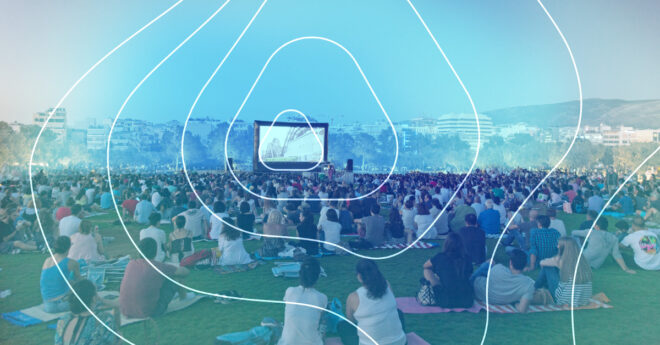






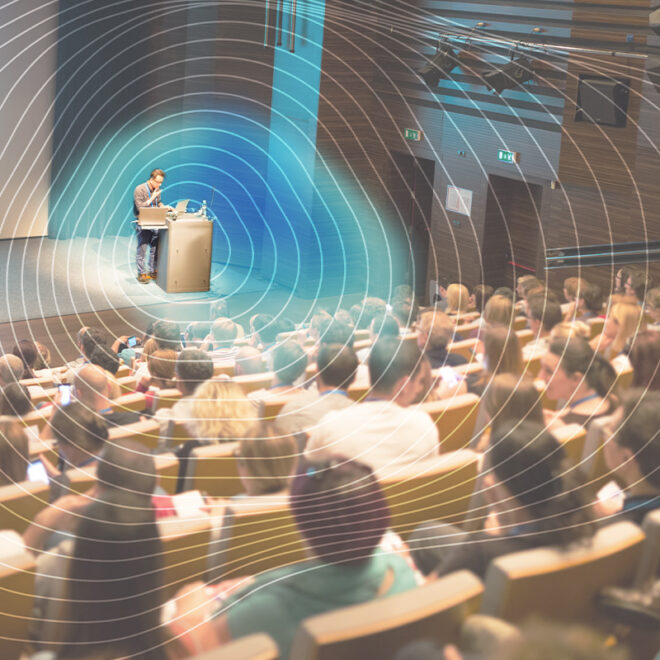
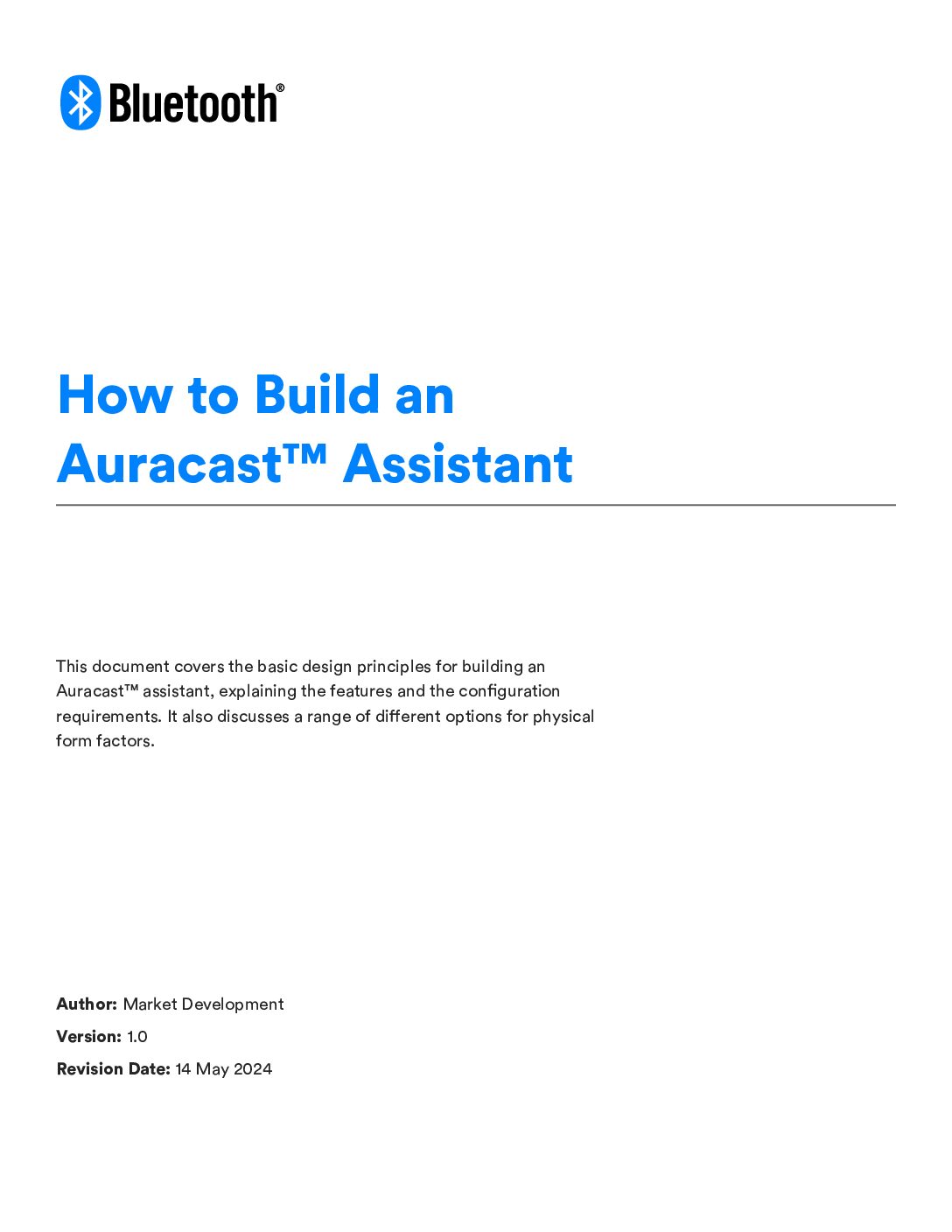

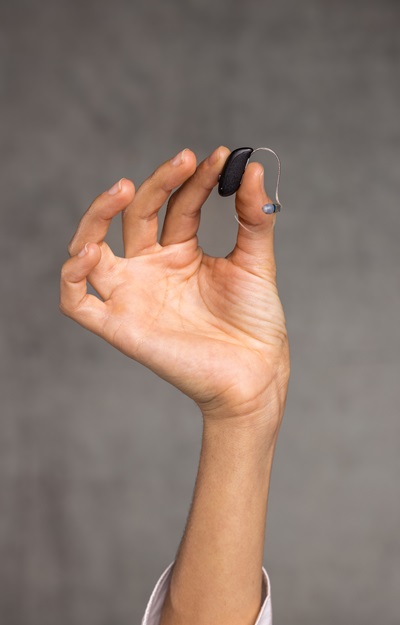
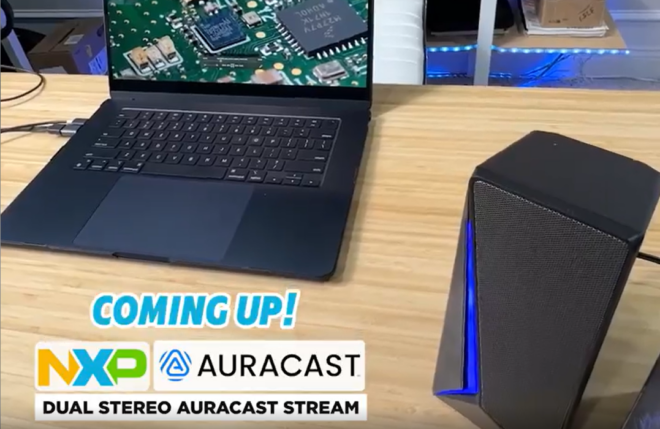
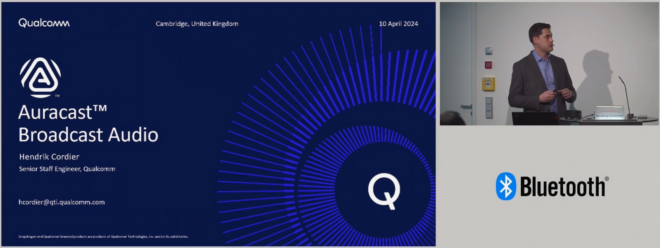

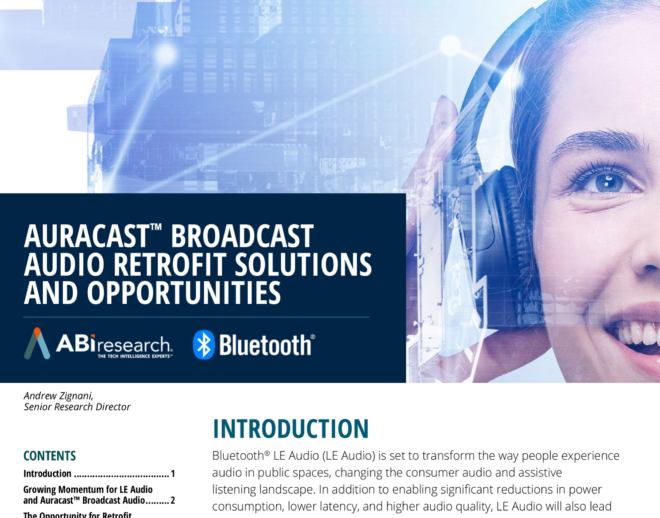
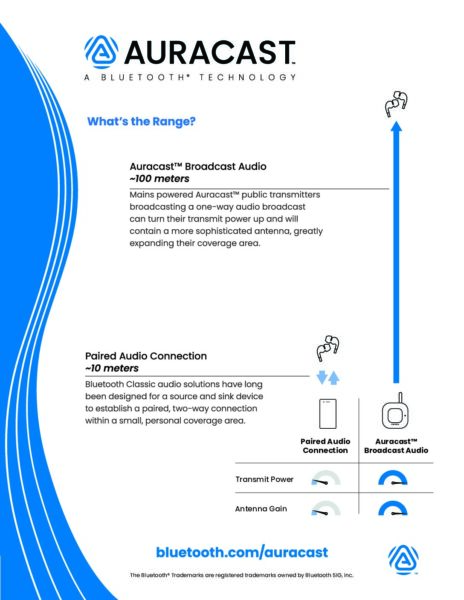
![2312 CES Handout Images FINAL existing pdf 464x600[1]](https://www.bluetooth.com/wp-content/uploads/2024/01/2312_CES_Handout-Images_FINAL-existing-pdf-464x6001-1.jpg)
![2312 CES Handout Images FINAL unlimited pdf 464x600[1]](https://www.bluetooth.com/wp-content/uploads/2024/01/2312_CES_Handout-Images_FINAL-unlimited-pdf-464x6001-1.jpg)

